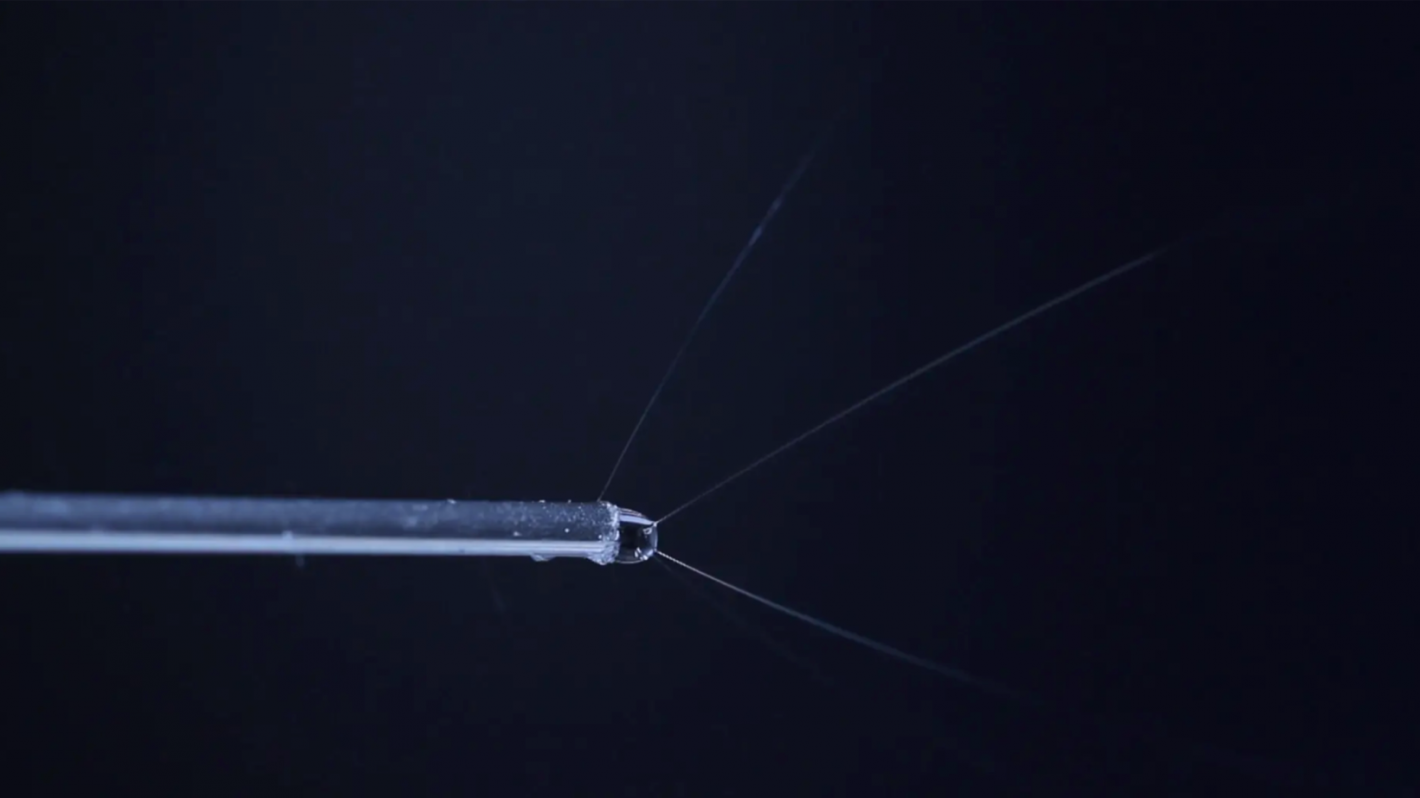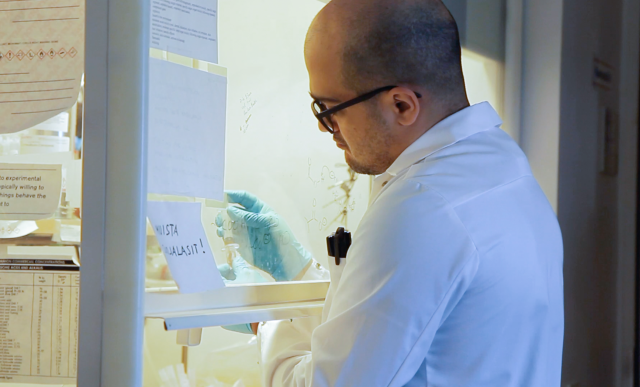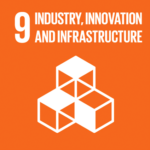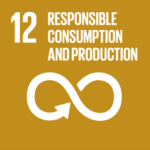Meet the Scientists of the Future Bioeconomy part 2: Spider Silk – the supermaterial of the future

Blog - Published 17.12.2020
Spider silk is one of the strongest materials found in the natural world. Scientists have been studying spider silk for decades, not just because of its strength, but because it combines strength with elasticity. Usually, man-made materials are either or, stiff or elastic, but rarely both. Spider silk has both of these qualities. Research scientist Pezhman Mohammadi from The Centre of Young Synbio Scientists at VTT Technical Research Center of Finland, has worked for several years with biosynthetic spider silk. This man-made silk protein is not made by spiders. Not only are spiders relatively unproductive, they also are famously territorial and aggressive towards each other which makes their silk nearly impossible to harvest. By using the tools of synthetic biology, the silk producing gene can be transferred into a more suitable production host such as a bacteria or fungi.

Mimicing nature
“We can’t put the same exact DNA from the spider into the bacteria, we have to edit it. And we have to edit it for many reasons. One reason is that typically the DNA that is in the spiders, is far too big for us to work with, so we have to make a bit shorter, and that means also that the product protein won’t be the same” explains Aalto University Professor Markus Linder. Once the correct gene is in the microorganism and it reproduces itself, the spider silk protein can be produced in quantities large enough for industrial applications.
The endless possibilities of protein engineering
But synthetic biologists are not stopping there. “We can go even one step beyond the evolution of spider silk. With the set of desired properties in mind, we can alter spider silk protein to produce entirely new materials for diverse medical and industrial applications”, says Pezhman who recently worked on a collaboration between Aalto University and VTT Technical Reacher Center of Finland to do just that – create a spider-silk-based composite material.
In an effort to enhance the properties of strength and elasticity, the researchers combined nanocellulose and spider silk protein. Nanocellulose, in this case made from birch trees, is a superfine substance made out of nano-sized cellulose fibrils. The scientists aligned these fibers into a stiff scaffold to which they added the elastic spider silk. The two materials were “glued” together by adding cellulose-binding molecules to the silk sequences. The resulting material is utterly unique, strong and resilient. There are many potential uses for this material, in the nearest future lie the possibility of medical applications, such as for surgical fibres.
‘Our work illustrates the new and versatile possibilities of protein engineering. In future, we could manufacture similar composites with slightly different building blocks and achieve a different set of characteristics for other applications. Currently we are working on making new composite materials as implants, impact resistance objects and other products,” says Pezhman. An exciting advantage of these materials is that, unlike plastic, they are biodegradable and do not cause microplastic when they erode. To learn more about this project, read the research article published in Science Advances.
Sustainable alternatives
Research and development of new advanced biomaterials with synthetic biology supports several of the UN Sustainable Development Goals to which Finland is also committed. It encourages sustainable industrialization and fosters innovation as stated in the goal number 9. By developing alternatives to our fossil based materials economy, we can also promote more sustainable consumption and production patterns according to the goal number 12. From the point of view of the big picture, sustainable and ethical use of synthetic biology complements our array of tools in fighting climate change.
Agenda 2030
Research and development of new advanced biomaterials with synthetic biology encourages sustainable industrialization and fosters innovation as stated in the goal number 9. Developing alternatives to fossil based materials economy promotes more sustainable consumption and production patterns according to the goal number 12.
Meet the Scientists of the Future Bioeconomy
The future of our bioeconomy is in the making. In this series we present the scientists and science behind the groundbreaking discoveries that will have a great impact on a sustainable circular bio economy. How will synthetic biology, advanced biomaterials research and new applications using lignocellulosic fractions contribute to a more sustainable future? In this series you will be invited behind the scenes to meet some of our most brilliant young scientists working on solving some of the most pressing challenges of our time.


